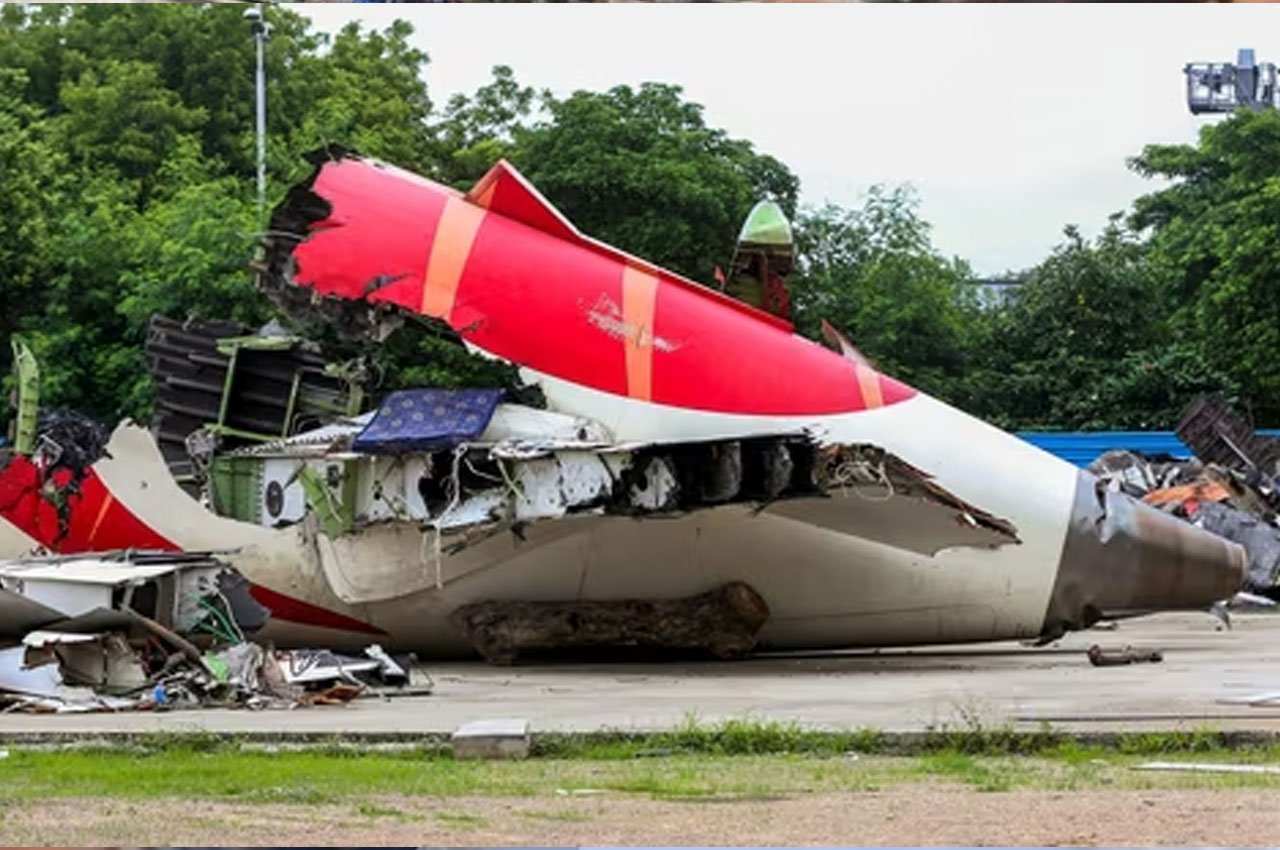Photo Credit: The Wire
Come monsoon, and Indian cities transform into something between a swimming pool and an obstacle course. Mumbai’s Marine Drive turns into a wave-watching amphitheatre, Bengaluru’s tech parks resemble mini lakes, Delhi’s underpasses fill up like bathtubs, and Chennai? Well, let’s just say Uber boats might be a solid business idea. The real question is – why do Indian metros seem to buckle under the weight of their own rainclouds, year after year?
It’s tempting to blame the rain. This May alone, Mumbai witnessed a record 300 mm rainfall in a single day – marking its wettest May in over a century. But the truth runs deeper than just heavy clouds. These floods are not acts of nature as much as they are a result of poor planning, outdated infrastructure, and chronic civic apathy.
Urban flooding in India has become a textbook case of what happens when cities grow too fast and forget to carry their drains along. Most of India’s older metro systems, especially Mumbai and Chennai, are still using British-era stormwater drains. These were built for an era when rainfall was lighter and the cityscapes less clogged. Today’s monster downpours, fueled by climate change, are simply too much for these outdated systems.
Adding to the misery is our unfortunate love affair with concrete. Wetlands, ponds, tanks, and even natural lakes have been encroached upon and converted into buildings, malls, or parking lots. In Bengaluru, entire tech corridors have come up on former lakebeds. These lakes were once natural shock absorbers, absorbing excess rain and channeling it back into the groundwater. Now, they’re gone, and the rain has nowhere to go but up, into homes, offices, and basements.
Climate change isn’t just knocking; it has barged into the room. Extreme weather events, intense, short-duration rainfalls are becoming the new normal. Cities like Hyderabad and Pune, which never used to make headlines for floods, are now featuring regularly in ‘urban disaster’ news cycles.
But the core problem lies in planning or the lack of it. Construction approvals are often granted without hydrological assessments. Drains are either choked with plastic or have vanished under unauthorized colonies. Maintenance is sporadic at best, with desilting operations either delayed or skipped altogether. So, when the first heavy showers hit, the cities are already teetering.
And while governments often blame nature, experts have been shouting from the rooftops about what needs to be done. Regular de-silting, upgrading drainage capacity, protecting natural water channels, and integrating climate resilience into urban planning – these aren’t new suggestions. They’re just perennially ignored ones.
Ironically, flood management finds a lot of space in disaster management plans but rarely any real estate in actual budget allocations. The result? A pattern we’ve come to expect. It rains. The city floods. Authorities express surprise. Citizens rage. Memes trend. And once the waters recede, the cycle is forgotten—until next year.
But maybe, just maybe, it’s time we broke this loop. Indian cities are already facing the brunt of rapid urbanisation and climate change. Unless we rethink how we build and manage our urban spaces, especially in monsoon-prone zones – the future is not just wet, it’s underwater.
So the next time you’re stuck in traffic with water creeping into your car, remember: it’s not just the rain. It’s everything we failed to do when the sun was still shining.




